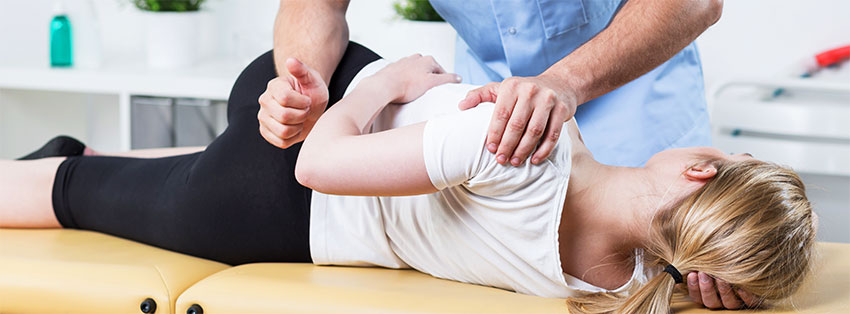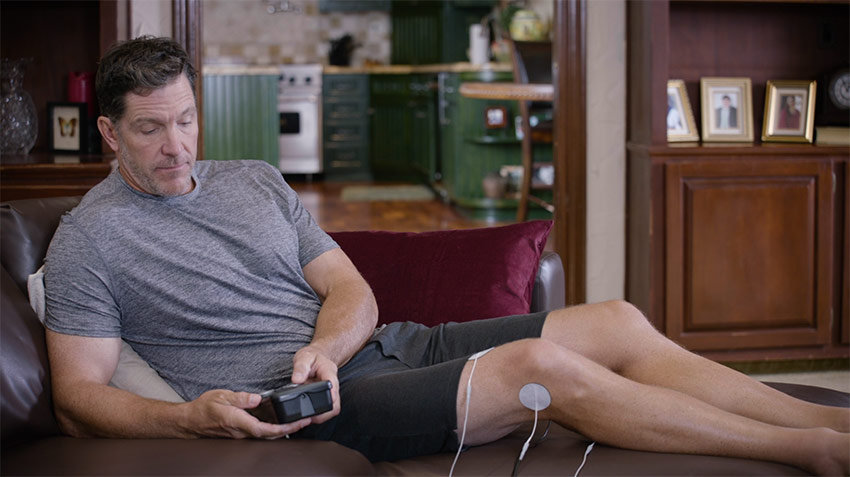Modalities for Effective Chronic Pain Relief to Use At-Home
Dr. Wajde Dabah, an Interventional Pain Specialist out of Chicago, IL discusses different modalities you can use while the “stay at home” orders are in place.
While so many patients who suffer with advanced pain are needing or choosing to stay at home, it can be difficult for physicians and therapists to provide all of the usual treatment options. As a temporary solution, it might be easier to just prescribe more pain medications, or it may be the only thing that clinicians feel they can do for their patients during this time. However, there are a lot of long-term negative consequences of increasing prescriptions of narcotics for pain, not only for the patients taking the medication, but also for society as a whole. In order to avoid that, we’ve listed below some effective modalities for treating pain to use as alternatives to Schedule II or III pain medications:
Bracing
Some studies show that bracing decreases narcotic consumption, improves pain scores and reduces the chance of re-injury. Many companies that provide bracing will send the product (with a physician’s order) directly to the home of the patient and provide virtual assistance for instruction.
Physical Therapy

Some Physical Therapy locations are still open, but the majority may not be accessible, or patients may be worried about a greater risk of exposure to COVID-19 if they leave their home. So, some Physical Therapists are able to visit the patient’s home, but both therapist and patient should be taking the appropriate precautions such as wearing protective masks and gloves.
H-Wave Treatment

H-Wave is a unique form of electrical stimulation that provides effective, on-demand pain relief and long-term rehabilitative benefits. Many people may confuse H-Wave with other e-stim devices like TENS, however H-Wave is significantly different in the results it creates within the body. For example, H‑Wave has been shown to increase blood flow and lymphatic drainage; therefore decreasing swelling, improving tissue regeneration, and increasing range of motion. For patients who have more mild levels of pain, a TENS may be sufficient, but those with more significant, persistent or chronic pain would benefit from utilizing a modality like the H‑Wave device instead.
The last thing to consider would be non-narcotic medications as adjunct therapy to home exercise or the treatment options listed above. These would be better than controlled substances for pain since the negative side effects aren’t as severe with short-term use, and it would help to avoid an increase in narcotic pain prescriptions.
You may also like: